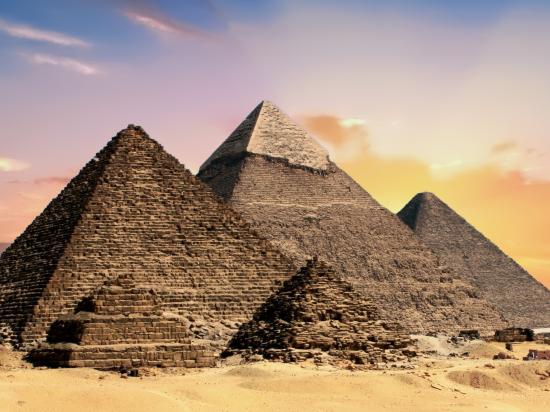The Great Sphinx of Giza
The Great Sphinx of Giza is a large limestone statue of a mythical creature with the body of a lion and the head of a human. It is located on the Giza Plateau near Cairo, Egypt, and is one of the most recognizable and iconic landmarks in the world.
The statue measures approximately 73 meters (240 feet) long and 20 meters (66 feet) high, making it one of the largest and oldest statues in the world. The Sphinx is believed to have been built during the reign of the pharaoh Khafre, who ruled Egypt from around 2558 to 2532 BC, during the Old Kingdom period.
The purpose and symbolism of the Great Sphinx are still the subject of much debate and speculation among historians and archaeologists. Some believe that it was built as a guardian of the nearby pyramids and temples, while others suggest that it had religious significance, possibly representing the sun god Ra or the god of the pharaohs, Horus.
The Sphinx has undergone several periods of restoration and repair throughout its history, including during the reign of the New Kingdom pharaohs Amenhotep II and Thutmose IV. In more recent times, efforts have been made to preserve and protect the Sphinx from damage caused by weathering, pollution, and tourism.
Despite its age and the fact that it has endured centuries of exposure to the elements, the Great Sphinx remains an impressive and awe-inspiring sight, drawing visitors from around the world who are captivated by its size, mystery, and majesty.






